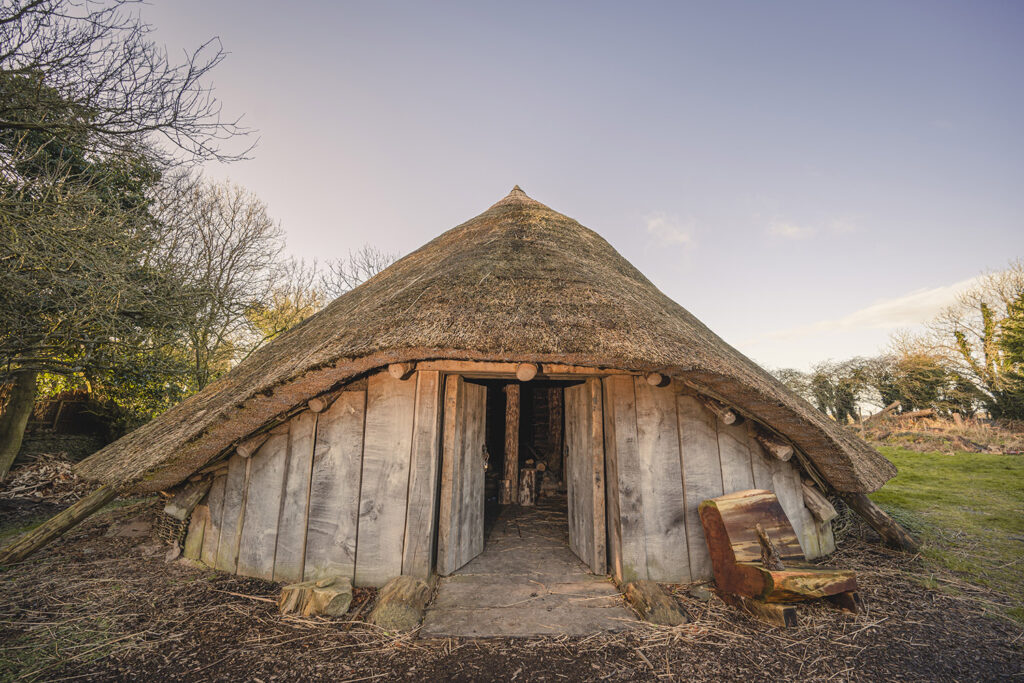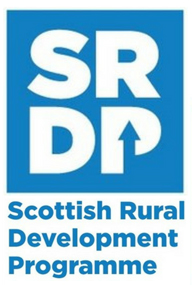Whithorn has been a benchmark in archaeology, particularly thanks to the extensive research dig carried on in the 1980’s by Peter Hill and his team. The stratigraphy of the site and the extensive medieval graveyard which interrupted lower layers made it a challenging site to interpret. Below the graveyard was evidence of a Hiberno-Norse trading settlement, with extensive evidence of manufacture, including high-status comb manufacture similar to those found at Viking Dublin. An extensive Northumbrian church complex was also uncovered and in the earliest layers, evidence of shrines, including those which seem to be a focal point for the other burials. Much of this seemed to support Bede’s account of a saint, buried with “many other saints”.
Recent research by Dr. Adrian Maldonado, accompanied by epigraphical work by Dr. Katherine Forsyth, suggests a new analysis of the earliest layers : careful correlation of the extensive spreads of coloured vessel glass suggests that these were contemporary with the graves, giving a picture of ritual funeral feasting in a Christian graveyard, rather fitting an orthodox pattern for a monastery.
New research is likely to focus on the relationship between Whithorn and Kirmadrine, in the neighbouring Rhins, where the magnificent collection of carved tombstones of important clergy point to a really significant ecclesiastical site, which may be the Magnum Monasterium referred to in Irish writings and, until recently, supposed to point to Whithorn.
At the centre of new thinking too are the scatter of Roman finds in the South Machars and the discovery of the fortlet on the Bladnoch. Were the early Christians at Whithorn a Romanised native elite ? Still other questions remain to be answered about the anomalous Peter the Apostle stone, found near a roadside on the old route to the Isle of Whithorn, but geologically belonging to the Rhins.
The Whithorn Trust hopes to investigate these lines of enquiry in the future, led by prominent researchers in the field, like Dr. Adrian Maldonado who has been the project lead for “Cold Case Whithorn”, to guide excavation and other surveys of areas where clues and answers may be found. Whatever the outcome, Whithorn’s evidence continues to be at the centre of controversy about the early post-Roman world, the spread of Christianity and the level of material culture at this period.
Outside Whithorn, about five miles to the west, the Trust was a partner in the Black Loch of Myrton dig by AOC Archaeology, from 2015, which led to the discovery of several splendidly preserved Iron Age roundhouses. In 2016-7, the Trust reconstructed a replica of one of these, using local materials and training up unemployed or part-time craftsmen to carry out the work of thatching, wattling and installing the central ring beams which support the massive thatched roof. The project was funded by the Heritage Lottery Fund and Dumfries and Galloway LEADER Programme 2014-2020, among others, and has led to a further consideration of reconstruction and an experimental employability programme for young people. The roundhouse is now used for guided tours, festivals and events, and as a school classroom.
There were two roundhouses discovered during the 1990’s at Whithorn itself in the earliest layers; there is still much to understand about Whithorn at this time.







